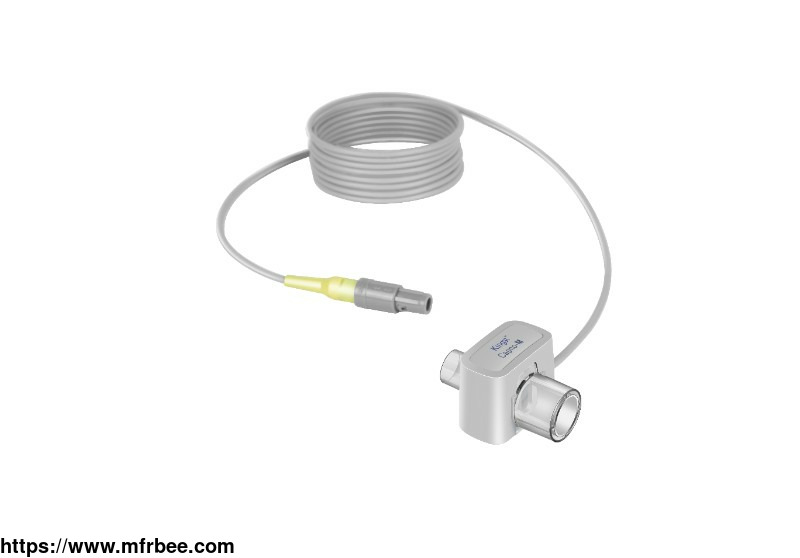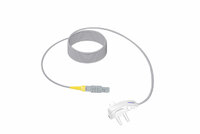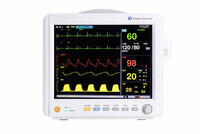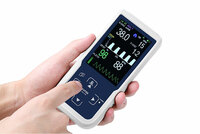EtCO2 Modules
Specifications
The end-tidal carbon dioxide modules (etco2 modules) independently developed and produced by Kingst can be used with multi-parameter patient monitors, ventilators and anesthesia machines for
monitoring of real-time ETCO2 concentration, inhaled CO2 concentration, respiratory rate, inspiratory and expiratory times.
Understanding Capnography EtCO2 Module
Kingst's end-tidal carbon dioxide (ETCO2) modules are widely used in the operating room, ICU and emergency department, and can be used to monitor whether the position of the endotracheal
intubation is correct, whether the spontaneous breathing is restored, whether the parameter settings during mechanical ventilation are reasonable, and whether the cardiopulmonary resuscitation is
effective, etc. Kingst's products have the characteristics of quick response, high accuracy, good quality and stable performance.
CO2 mainstream vs sidestream
ETCO2 Monitoring with mainstream VS side stream CO2 Sensors
Mainstream CO2 sensor
Judging the position of endotracheal intubation
On the patient'airway- quick response
There are neonatal, pediatric and adult adapters available
Side stream CO2 Sensor
Can be used for both intubated and non-intubated patients
The sensor is not directly connected in the ventilation circuit
Sampling without intubation,non-invasive monitoring
Features of ETCO2 Module
ETCO2 module is essential monitoring tools in healthcare settings. They rely on an end tidal co2 sensor as the main component that enables health professionals to measure the carbon dioxide
concentration at the end of a patient's breath. ETCO2 module is designed to be accurate, reliable, and adaptable to a variety of clinical settings.
One of the notable features of ETCO2 module is the use of capnography technology that provides continuous monitoring of patients' end-tidal CO2 levels. The capnography module ensures high-quality
measurements and helps to detect possible respiratory complications, including hypoventilation or hyperventilation. Capnography etco2 detector allows real-time waveform monitoring and data transfer
to electronic health records (EHRs).
The ETCO2 sensor included in the modules is highly sensitive and can detect small changes in carbon dioxide levels. This sensitivity ensures accurate results, especially during critical medical
procedures such as anesthesia and mechanical ventilation.
Some ETCO2 module come with a calibration feature that allows for periodic calibrations to correct any calibration errors on the installed ETCO2 sensor. Regular calibrations allow the sensor to
remain sensitive and reliable during patient care.
What is the use of mainstream etco2 sensor?
ETCO2 monitoring is a non-invasive monitoring method that can reflect the state of pulmonary ventilation function and calculate the amount of carbon dioxide produced. In addition, it can also
reflect the circulatory function. It has become a common clinical monitoring method. The etco2 probe is widely used in operating rooms, ICU and emergency departments. It can be used to monitor
whether the position of the tracheal intubation is correct, whether the spontaneous breathing is restored, whether the parameter settings during mechanical ventilation are reasonable, and whether
the cardiopulmonary resuscitation is effective, etc.
For more information about continuous etco2 monitoring, please feel free to contact us!
- Country: China (Mainland)
- Address: 5-6 F, Building 3, No.27, Yongwang Road, Z-park Daxing Bio-medicine Industry Park, Dist. Daxing, Beijing, China
- Contact: Kingst com










